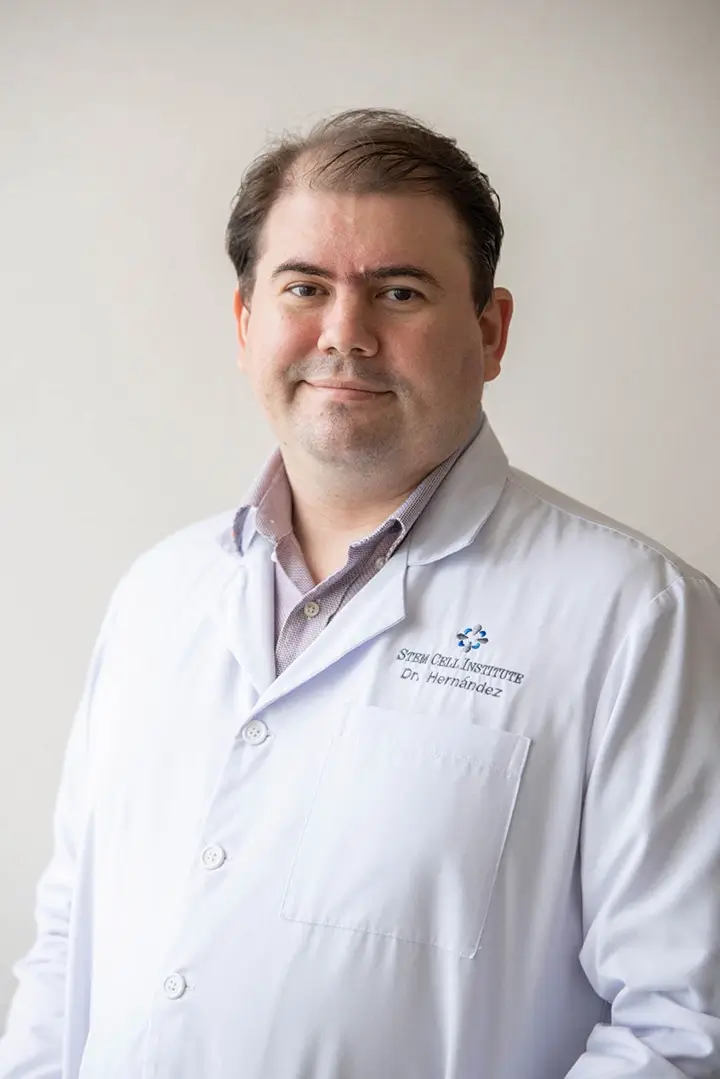Using autologous stem cells, 28 patients were recently treated for acute myocardial infarction (MI) at the Sir Hurkisondas Nurrotumdas (HN) Hospital in Mumbai, India. The Medical Research Society of HN Hospitals funded the research. Patients from the 39-68 years age group were chosen for the project which was started in June of 2005.
“Most attempts including ours have considered the adult bone marrow as the source of the repair stem cells which is a source of hematopoietic and stromal stem/progenitor cells and have demonstrated that the implantation procedure is safe, feasible and effective in terms of improving the myocardial salvage rate of the infarcted myocardium. The latter can be attributed to the angiogenic events or secretion of angiogenic cytokines by these cells,” said Dr. VK Shah, Principal Investigator and Interventional Cardiologist, HN Hospital.
Facilitating the ability of the heart to heal itself, patient’s own bone marrow stem cells reach the infarcted area with the blood supply and contribute to the restoration of stem cell niches. The patient’s cells are injected into the culprit coronary artery after the opening of the occlusion by primary angioplasty.
“All the cases were successful without any complications. This procedure is done while the patient is fully conscious,” Dr. Shah claimed.
Further explaining the process, Dr. Shah said, “We have completed clinical check-up of all the patients of two, four, six and twelve weeks. Further a six-month follow-up of left ventricular (LV) function assessment by LV angiography and cardiac magnetic resonance imaging in stem cell therapy group have demonstrated an increase in LV ejection fraction (EF) by 7-12 per cent as compared to 1-3.2 per cent controls. There is improvement in LV systolic function, wherein LV end systolic volume (LVESV) has decreased significantly to 16-28 per cent. No patient has demonstrated deterioration of regional wall motion or any other side effects during the follow-up period. The results of our study show favourable trend towards improvements of cardiac functions which is the key determinant for long-term survival.”
In order to see what the long term effects of bone marrow infusion on any organ are, the hospital has carried out some routine tests at the end of two years. Normal in all patients were; lipid profile, renal function tests, liver function test, chest X-ray, sonography of abdomen and blood tests which include complete haemogram, ECG, and 2D echocardiography. The detailed clinical evaluation was performed on all patients starting with the first who received bone marrow stem cell therapy.
“In addition to the regular clinical follow-up, these tests helped us in assessing the safety and feasibility of transfusing autologous bone marrow stem cells (ABMSC) into the culprit coronary artery after an acute anterior wall MI,” said Dr. Shah.
According to patient Rajaram Chandra Jagdale (54), who underwent the therapy last April after suffering from an acute MI, “I am doing fine after the therapy.”

